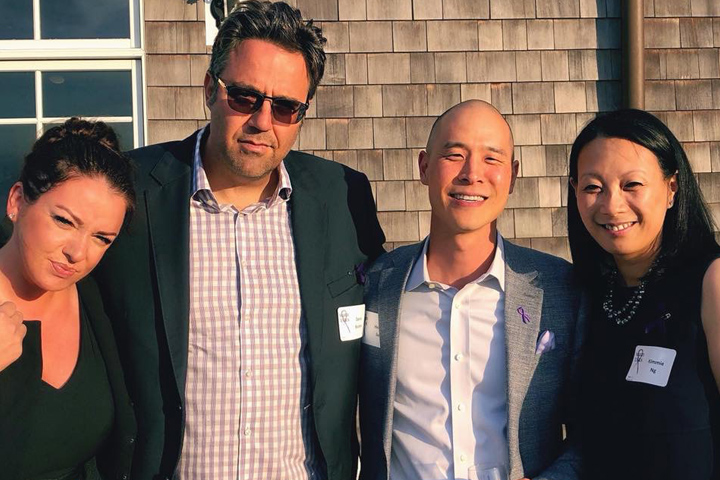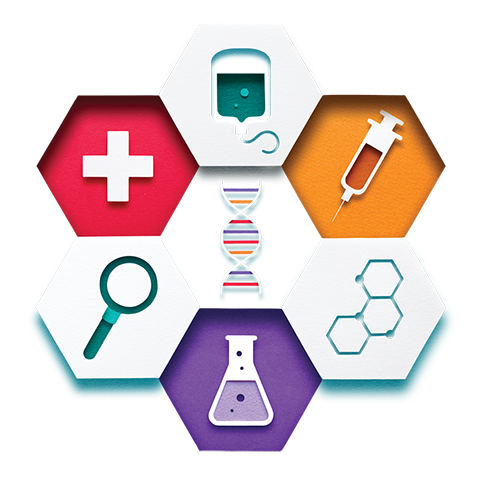Molecular Sequencing Leads to Customized Treatment

- Stage IV diagnosis brings me from Miami to Dana-Farber in Boston
- Great response to FOLFIRINOX
- Sequencing shows I have a random BRCA2 mutation
- On a PARP inhibitor for maintenance treatment
I am a real estate developer in Miami, Florida. In the Fall of 2015 I was diagnosed with stage IV pancreatic cancer
I had terrible stomach pain for a couple of months, and finally decided to go the emergency room at Aventura Hospital. After a scan, the doctor came back with the bad news. I had stage IV pancreatic cancer with six tumors on my liver and a six-to-ten-month life expectancy. While I was lying in the ER, I Googled “best hospital for pancreatic cancer” and Dana-Farber in Boston came up. I made an appointment with Dr. Kimmie Ng, and two weeks later I was there starting treatment with FOLFIRINOX. I was commuting from Miami to Boston every two weeks for treatment while facing side effects such as neuropathy and hair loss. The tumors almost completely disappeared after six months of treatment.
Why Was Treatment So Effective?
Dr. Ng was curious about whether I had some sort of molecular alteration in my tumor that made the FOLFIRINOX particularly effective. Shortly before I started treatment with her, Dr. Ng and her colleagues had started a precision medicine testing research project. This required extra biopsies to get genetic material. I agreed to participate, and sequencing of my tumors’ DNA showed that I had a BRCA2 mutation. The mutation was not an inherited one but something that randomly occurred in the cells of my pancreas.
My mutation made me a good candidate for drugs that are effective against hereditary BRCA2 cancers. Dr. Ng worked with my insurance company to get the company to pay for the PARP inhibitor olaparib (brand name Lynparza). The drug is approved for BRCA2-related ovarian cancer, but Dr. Ng was not sure how well the drug would work on a random BRCA2 mutation. I started taking the drug. After six months, MRI and CT scans showed that the cancer had not come back.
Back to My Regular Life
I now take 12 olaparib pills daily, with no side effects. My CA 19-9 level remains within normal limits. I will continue on this medication as long as it continues working.
I stopped working when I was diagnosed, so I could concentrate on treatment. Now that I am doing well I am back to work at full speed. In 2017 I traveled to Europe and to Israel. I feel great. I’m healthy, I walk 12 miles a day, six days a week. My friends can’t believe how well I am.
Listen to Doron tell his story in “I Want to Live!“






